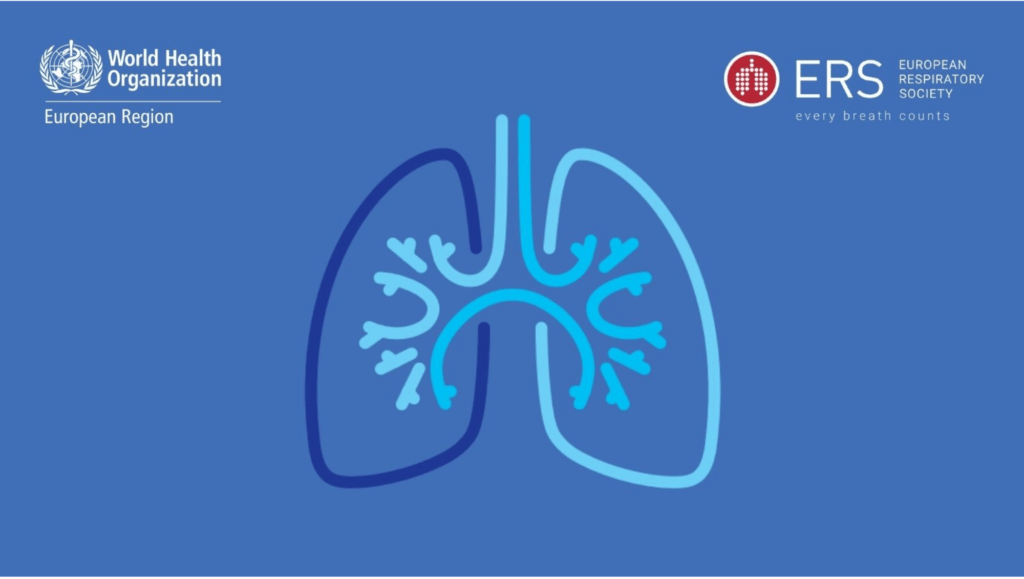
The World Health Organization (WHO) and European Respiratory Society have launched a new report on chronic respiratory diseases (CRDs). This is the first report of its kind from the WHO, and it reveals a major issue: asthma, COPD, and other long-term lung diseases are often not diagnosed or not managed well, and their impact on health systems is much bigger than people think. The report shines a light on how serious the problem really is and urges countries in the WHO European Region to take action together—and quickly.
We have prepared a toolkit for the ELF Patient Organisation Network to help disseminate the findings of the report with your own networks. The report is an important milestone as the first-ever regional report into the impact of CRDs. We want to use this launch to drive action across the region to improve lives and public health.
Useful links:
Patient organisations are called upon in the report to help empower people and communities. The report states:
“Empowering individuals, families and communities to optimize their health, enables them to act as advocates of policies that promote and protect health and well-being, as co-developers of health and social services, and as self-carers and caregivers.”
Patient organisations can support this role by:
The report shares examples of patient organisations working in the respiratory field who have championed advancements for respiratory patients across the Region. These include: